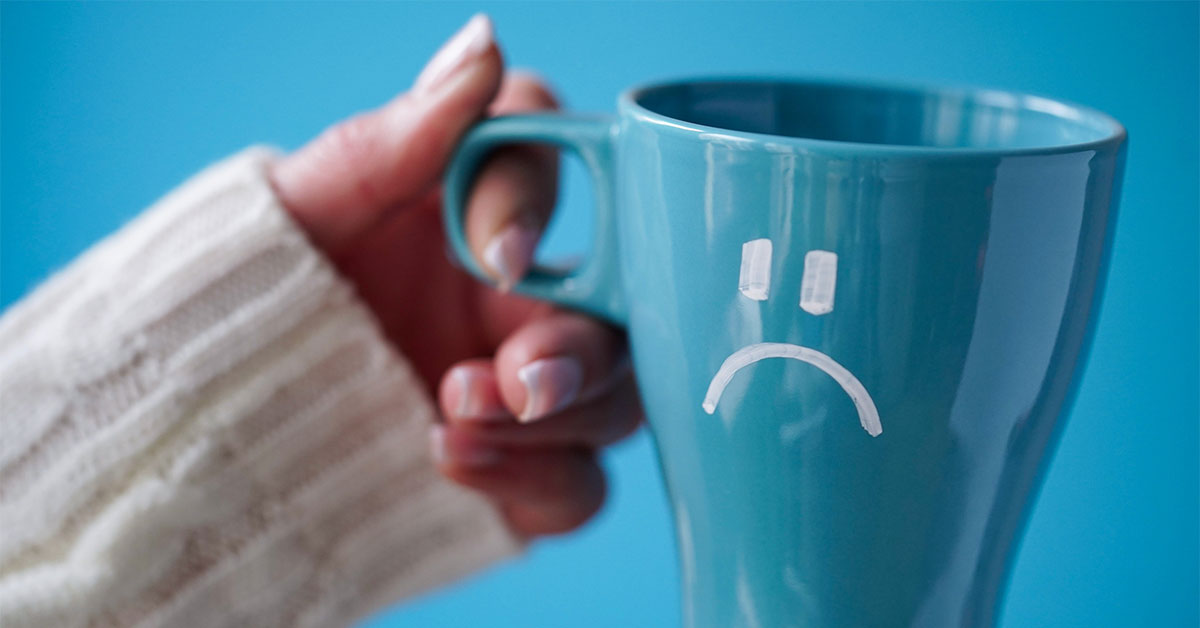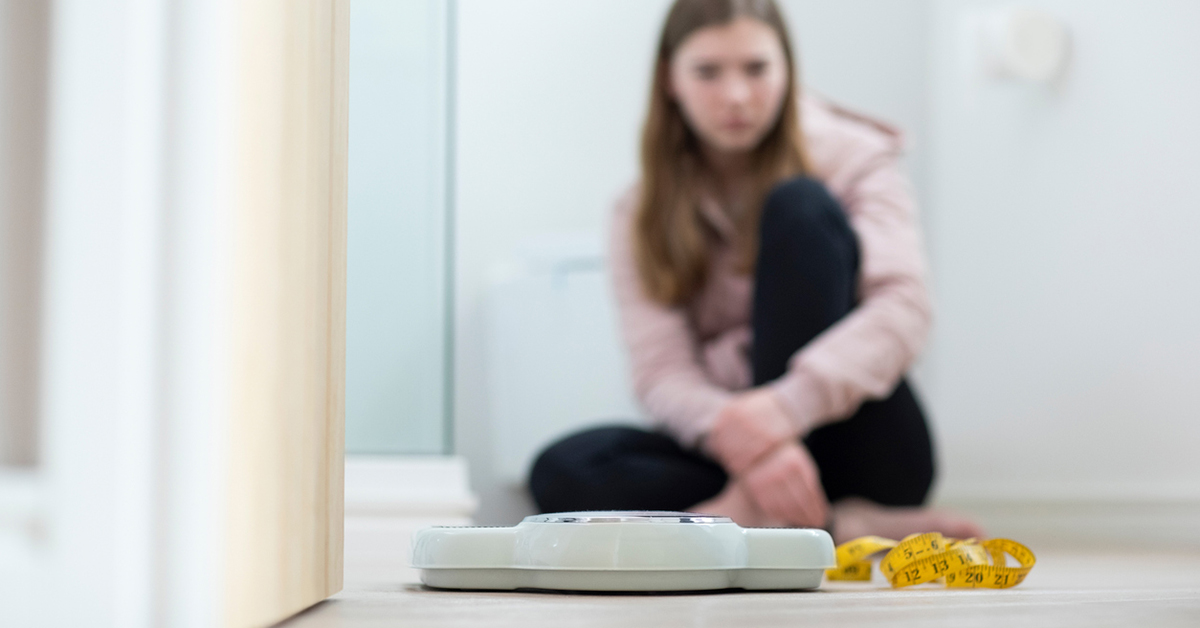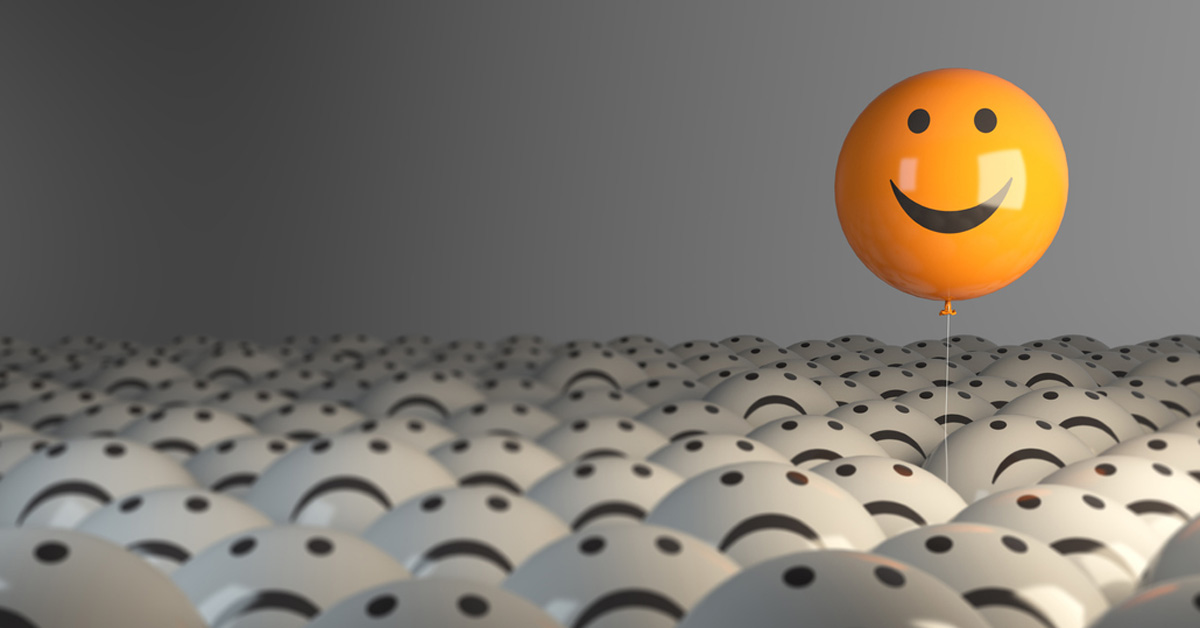Are you feeling down during these cold, short fall and winter days? You’re not alone. You may be experiencing Seasonal Affective Disorder, commonly known as SAD.
What is Seasonal Affective Disorder?
Seasonal affective disorder is a form of depression that kicks in when our exposure to sunlight diminishes, disrupting our body’s natural rhythm. It goes beyond mere “winter blues” and can cause distressing symptoms that interfere with daily life.
SAD is particularly common in regions with long, dark winters, such as Minnesota. Between November and March, sunlight is scarce, leading many residents to experience what could be undiagnosed SAD. The prevalence of SAD increases significantly at higher latitudes, with over 10% of Minnesotans affected compared to only 2% of Floridians.
When does SAD hit hardest?
Generally, SAD begins in the autumn and persists through the dark mid-winter months, particularly in January and February. As spring arrives and brings longer daylight hours, the intensity of SAD gradually diminishes.
Symptoms of SAD
Look out for these signs that may indicate SAD:
- Persistent feelings of sadness
- Loss of interest in activities you once enjoyed
- Changes in appetite or weight
- Constant fatigue or low energy levels
- Difficulty concentrating or focusing
- Sleep disturbances – excessive or inadequate sleep
- Feelings of hopelessness or worthlessness
If you experience these symptoms for two weeks during the fall or winter months, it could be indicative SAD.
Diagnosing SAD
Because SAD is often incorrectly self-diagnosed, it is important to see a healthcare provider or mental health professional about your concerns. According to the National Institute of Mental Health, a person is diagnosed with SAD if they meet the following criteria.
- They have symptoms of depression.
- Their depressive episodes occur during specific seasons for at least two consecutive years.
- Their depressive episodes during the specific season are more frequent than depressive episodes experienced at other times of the year.
“As the days grow shorter and the weather turns colder, many people experience a dip in their mood and energy levels. Self-care is important for all of us, but especially for those with seasonal affective disorders. If you need additional support, the mental health team at Welia Health is here for you.”
~ Jen Peterson, MSW, LICSW
Causes of SAD
While seasonal affective disorder has no exact cause, researchers have identified several potential factors linked to its development. These include:
- Your biological clock
The reduced level of sunlight in the fall and winter may cause winter-onset seasonal affective disorder. This decrease in sunlight may disrupt the body’s internal clock, also known as the circadian rhythm, and lead to feelings of depression.
- Serotonin levels
A drop in serotonin, a brain chemical that affects mood, might play a role in seasonal affective disorder. Reduced sunlight can reduce serotonin, and that reduction may trigger depression.
- Melatonin levels
The change in season can disrupt the balance of a body’s level of melatonin, which plays a role in regulating sleep patterns and mood.
By understanding these factors, we can gain insights into the causes of SAD and explore strategies for managing and treating this condition.
Self-help strategies to combat SAD
Taking care of your health is vital to dealing with seasonal affective disorder. Combating SAD starts with these steps.
Soak up sunlight: Spend at least half an hour each day in direct sunlight. If stepping outside isn’t possible, use a light therapy box.
Stay physically active: Regular moderate-intensity workouts can lift your mood. Aim for at least 30 minutes of moderate-intensity exercise most days of the week.
Maintain a healthy diet: Balanced meals help maintain good health, positively impacting mood. Avoid junk food along with high sugar drinks, plus cut down on caffeine and alcohol. Get some inspiration from The 10 Best Foods to Soothe Seasonal Depression.
Prioritize quality sleep: Strive for 7-8 hours of restful sleep per night. Better sleep leads to improved stress and mood management.
Cultivate social connections: Regularly engage with friends and family, even when you may not initially feel up to it. Social support plays a crucial role in everyone’s life, particularly for individuals with SAD.
If self-help strategies prove ineffective, seeking guidance from your healthcare provider or a mental health professional may be beneficial. They can offer professional treatments tailored to your specific needs and circumstances.
Getting help for SAD
Mental health professionals play a crucial role in supporting individuals facing SAD. When the clocks fall back, they observe a rise in the number of patients affected by SAD. These professionals offer valuable assistance, including:
- Accurate diagnosis of SAD while ruling out other medical conditions
- Providing useful insights on managing SAD symptoms effectively
- Recommending lifestyle changes
- Offering therapies like cognitive-behavioral therapy (CBT) or interpersonal therapy (IPT)
- Prescribing antidepressants, if necessary
If you are battling SAD, support is always available. You don’t have to face it alone. Reach out to Welia Health at 320.679.1313 or request an appointment online.
For those experiencing severe depression or thoughts of suicide, immediate help is vital. Call 988, text 988 or visit 988lifeline.org for support and assistance from the 988 Lifeline.
In life-threatening situations, dial 911.













